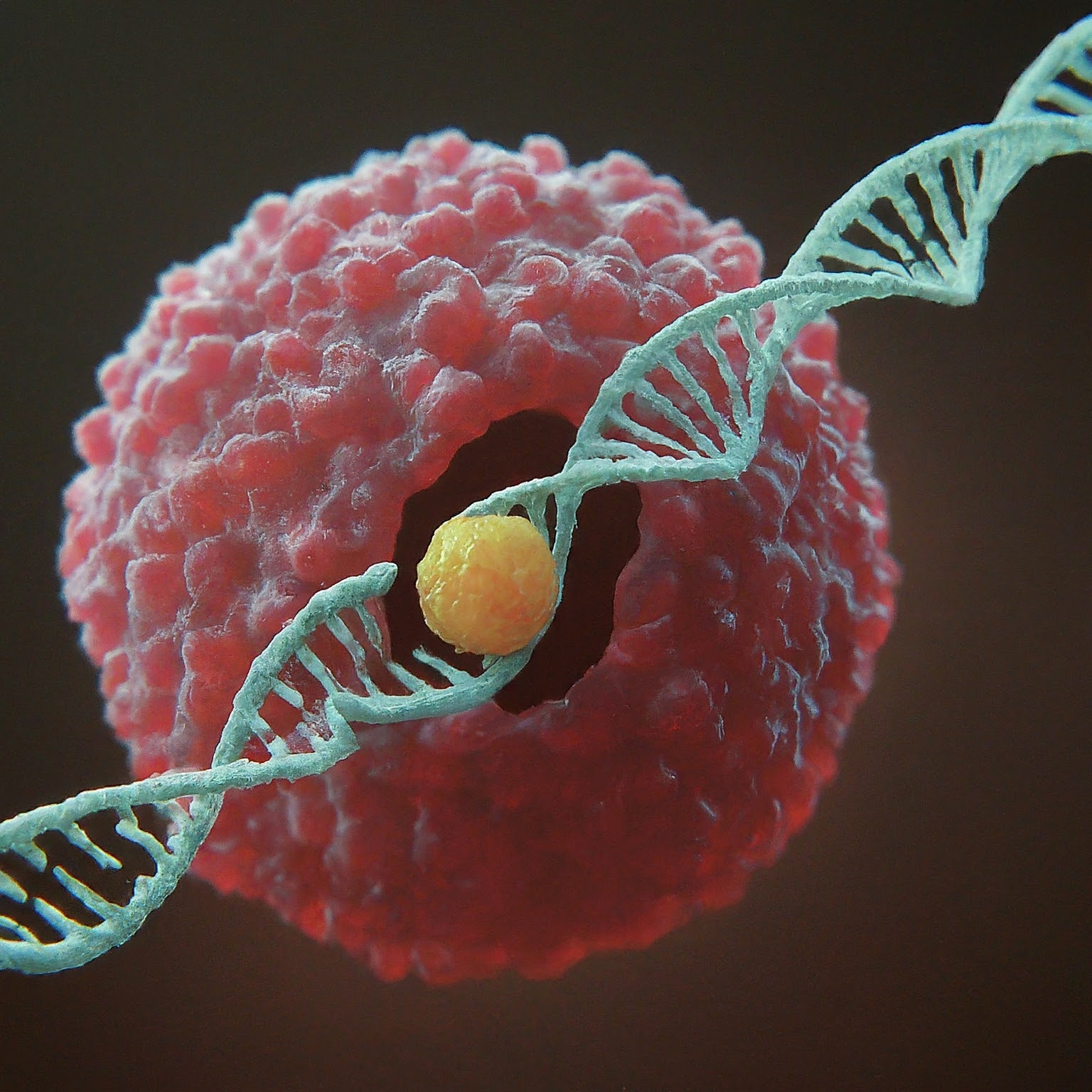The outcomes of an international Phase III clinical trial conducted by researchers from the University of Pennsylvania Perelman School of Medicine and a multicenter group of investigators, published in the New England Journal of Medicine, show that adults with haemophilia B experienced an average 71% reduction in the number of bleeding episodes following a single infusion of gene therapy.
About 30,000 Americans, primarily men, suffer with hemophilia, a hereditary illness that impairs blood’s ability to clot. If left untreated, it may spontaneously bleed, especially internal bleeding into the joints, which may lead to excruciating joint damage and decreased mobility over time. Clotting factor IX deficiency is the cause of haemophilia B disorder. Through gene therapy, the liver is able to produce factor IX, which helps blood clot and shields patients from recurrent bleeding.
What we saw from patients in this study was that within a few days of receiving the gene therapy infusion, it took root, and their bodies started making factor IX for the first time in their lives,
We always want to be careful about using the word ‘cure’ especially until we have longer follow-up data, but for many of these patients, it’s been life changing.
Adam Cuker, MD, MS
Following the gene therapy, the trial participants had a 71 percent drop in their average bleeding rate after at least a year of follow-up. The previous year, they were treated with preventive infusions of factor IX, which is the conventional treatment for the illness. After undergoing gene therapy, more than half of the 45 individuals in the trial experienced no bleeding.
The FDA authorised fidanacogene elaparvovec, a gene therapy, in April 2024 based on the study’s findings. One of the study’s top enrolment sites, Penn Medicine, had Cuker as its site head for the clinical trial. It is the second type of authorised gene therapy for haemophilia B. One of numerous hospitals in the US where patients can receive this treatment is Penn Medicine. The first such medicine, etranacogene dezaparvovec-drlb, was authorised in November 2022.
Eligibility for gene treatments is determined by strict rules that call for specialised knowledge to perform patient screening and selection, treatment risk and benefit education, and post-therapy monitoring. Access to many gene therapy clinical trials and experience in implementing FDA-approved gene treatments are provided by Penn Medicine.
The most frequent side effect seen in this trial was associated with an immune system attack on the liver cells that the gene therapy was intended to cure. If this attack is not promptly addressed, the gene therapy may become ineffective. Steroids were given to the afflicted individuals in the trial in order to reduce this immunological response. For a minimum of five years, research participants will be monitored to track any potential long-term negative effects.
Also, Read| Researchers found antibiotic-resistant bacteria using bioinformatics tools
The current standard of therapy for people with haemophilia B, which involves continuous preventive IX injections, is laborious but typically successful. A patient may need frequent infusions as often as once every two weeks or as often as multiple times per week, depending on the particular substance. In order to finish their infusions at home, the majority of patients learn how to insert their own IVs. Giving the body adequate factor IX on a regular basis is the aim of this preventive therapy, even if bleeds still happen. In contrast, the majority of trial participants did not need to restart preventative factor IX therapies, and the novel gene therapy just requires a single dosage.
We hear from people born with hemophilia that—even if their disease is well-managed—there’s this burden that’s always in the back of their mind. The frequent infusions, the cost of treatment, the need to plan for infusions when traveling, what happens if they do experience a bleed, and so on, is always there,
Now that we have patients who were treated on this study and are essentially cured of their hemophilia, they’re telling us about realizing a new, ‘hemophilia-free state of mind.’ As a physician, it’s amazing to see my patients so happy with their new reality.
Adam Cuker, MD, MS
Source: Penn Medicine News
Journal Reference: Cuker, Adam et al. “Gene Therapy with Fidanacogene Elaparvovec in Adults with Hemophilia B.” The New England journal of medicine vol. 391,12 (2024): 1108-1118. DOI: 10.1056/NEJMoa2302982.
Last Modified:







